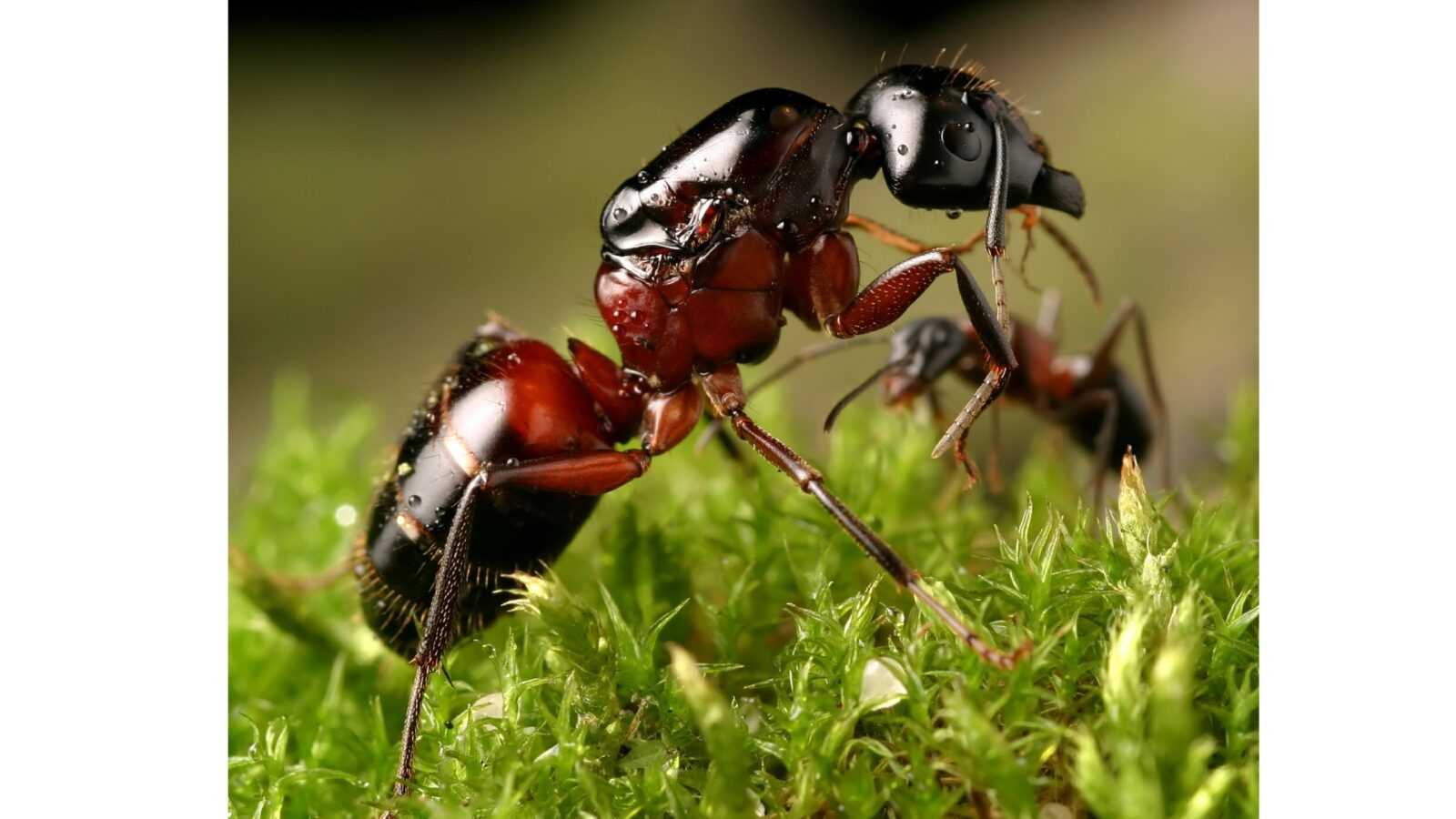Camponotus ligniperda: A Fascinating Ant Species
Welcome to our product description for the Camponotus ligniperda ant species. This species is known for its monogyny colony type and can have a colony size of up to 5000 workers. The development rate of this species is relatively slower compared to other ant species, adding to its uniqueness.
Size of Camponotus ligniperda
- Queen Size: The queen of Camponotus ligniperda measures approximately 18-21mm.
- Worker Size: The workers of this species are relatively smaller, ranging from 8-12 mm.
- Major Worker Size: The majors, responsible for specific tasks, can range from 9-16 mm.
The color of Camponotus ligniperda ants is primarily burgundy or red-orange at the front, making them visually distinctive.
Nutrition for Camponotus ligniperda
When it comes to nutrition, Camponotus ligniperda ants have a diverse diet. They feed on small insects such as cockroaches and crickets, supplementing their diet with syrup made from a mixture of water and honey in a ratio of 4:1 or 3:1. Additionally, they enjoy fruits, vegetables, jelly, and cooked chicken without salt.
Habitat Requirements for Camponotus ligniperda
In order to thrive, Camponotus ligniperda ants have specific humidity and temperature requirements.
- Arena Humidity: These ants prefer an arena humidity level of 30-50%.
- Nests Humidity: For their nests, they require a humidity level of 50-60%.
- Arena Temperature: The recommended temperature for the arena where they are kept is between 18-28°C.
- Nests Temperature: In their nests, they require a slightly warmer temperature of 20-24°C.
Unique Characteristics of Camponotus ligniperda
The Camponotus ligniperda species has notable characteristics that set it apart from other ants. These ants are exceptionally cautious and secretive. When they sense danger, their instinct is to withdraw rather than panic.
Recommended Nests for Breeding Camponotus ligniperda
For breeding Camponotus ligniperda ants, we recommend using nests made of acrylic, cork, plaster, or aerated concrete. These materials provide suitable conditions for the growth and development of the ant colony.
Overall, Camponotus ligniperda ants are fascinating creatures with unique traits and specific requirements for their housing and nutrition. By understanding and providing for their needs, you can create a thriving and enjoyable habitat for these captivating ants.


















Reviews
There are no reviews yet.